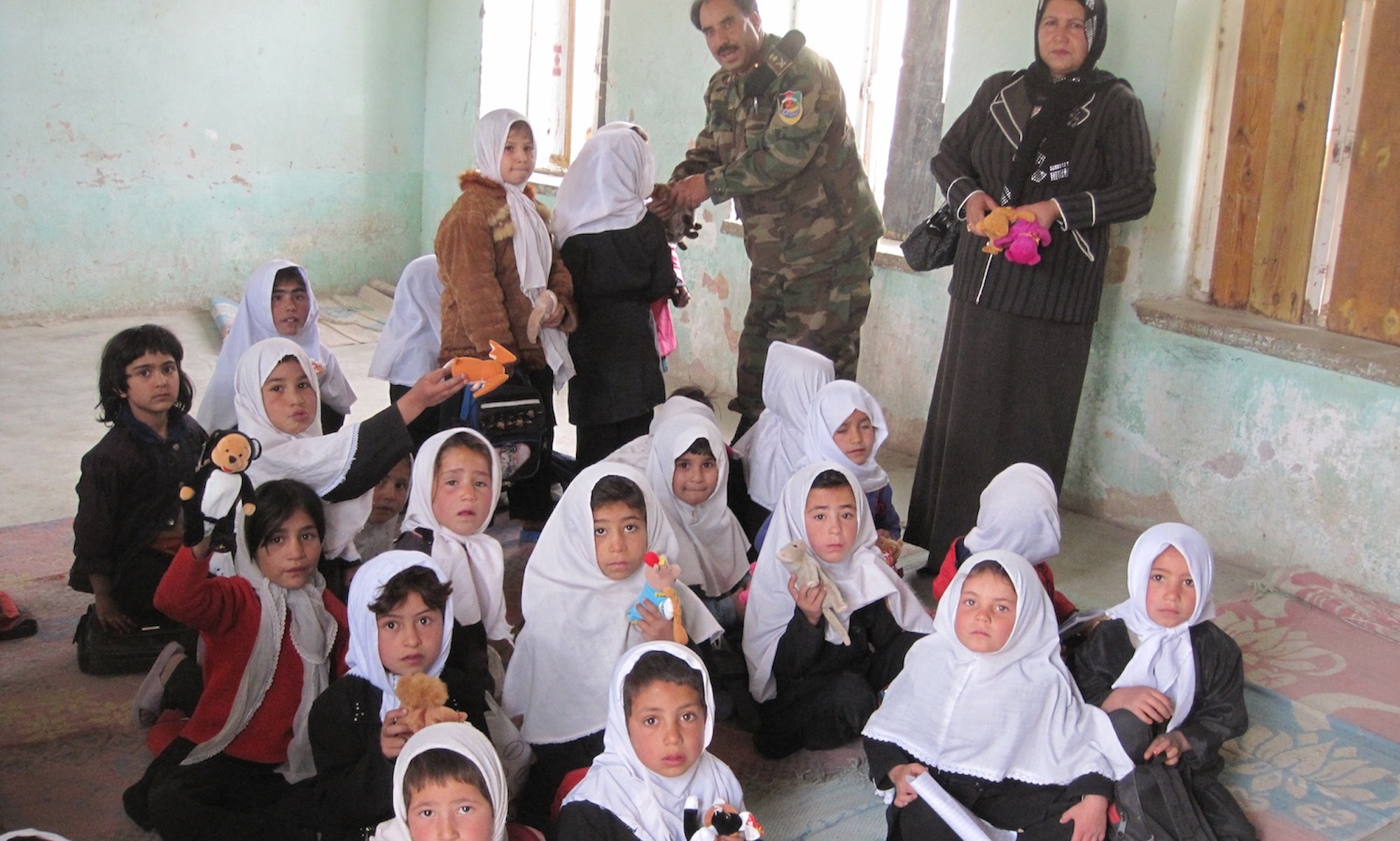The 1990s has seen an explosion of attention to the phenomenon of civil wars. A proliferation of actors has added complexity to conflict resolution processes. Recent theoretical research has highlighted the importance of inter-connections between parallel or overlapping conflict resolution activities. With this context in view, this book explores the connections between different regional and international conflict resolution efforts that accompanied the Rwandan civil war (from 1990 to 1994), and assesses the individual and collective impact they had on the course of that conflict. Jones explores the reasons for the failure of wide-ranging peace efforts to forestall genocidal violence in Rwanda in 1994. The book traces the individual and collective impact of both official and unofficial mediation efforts, peacekeeping missions, and humanitarian aid. It sets the peace effort in Rwanda in the wider context of academic theories about civil war and its resolution, and identifies a range of policy implications and challenges relating to conflict prevention, negotiation, and peacemaking.

INSCT Postconflict Research Database
The Institute for National Security and Counterterrorism's Postconflict Research Database & Analysis Project stores cross-indexed bibliographic information on hundreds of journal articles, books, book chapters, and case reports that address the broad, interdisciplinary fields of postconflict reconstruction, stabilization, and peacebuilding.
41 Replies to “Peacemaking in Rwanda: The Dynamics of Failure”
Comments are closed.